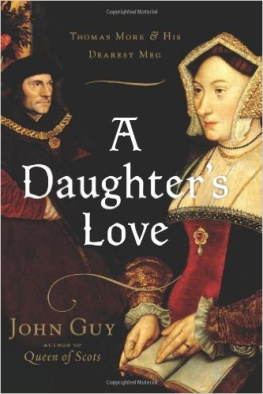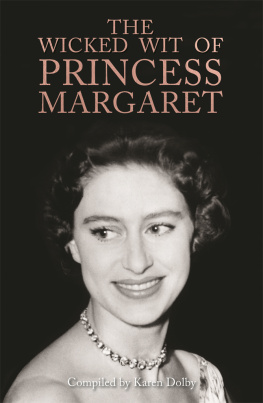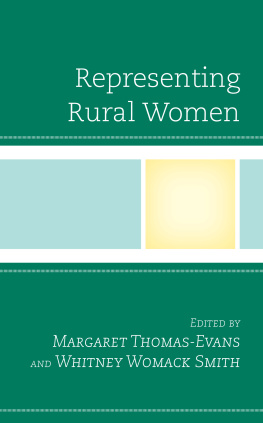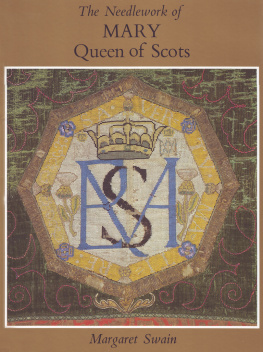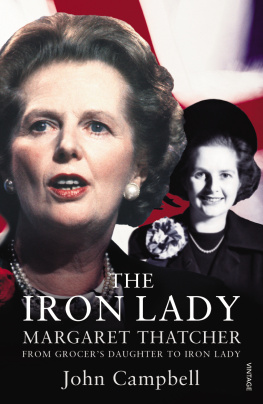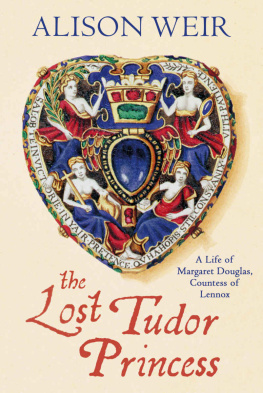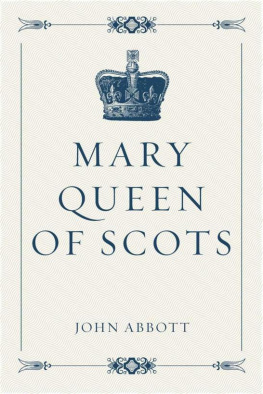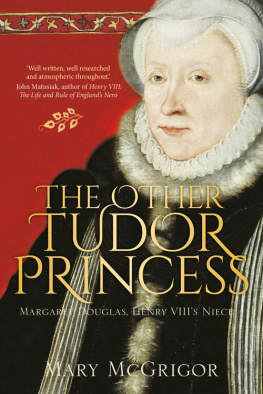REFERENCES AND ABBREVIATIONS
The Harvard system is used in citing references to sources in the following notes. Abbreviated citations of printed primary and secondary materials identify the works listed in the Bibliography, where full references are given. For example, Baker (2000) refers to J. H. Baker, Readers and Readings in the Inns of Court and Chancery (Selden Society, Supplementary Series: London, 2000); Derrett (1964a) refers to J. D. M. Derrett, 'The Trial of Sir Thomas More', English Historical Review, 79 (1964), pp.44977. Manuscripts are cited by the call numbers used in the relevant archive, record office or library. In citing manuscripts or printed books, the following abbreviations are used:


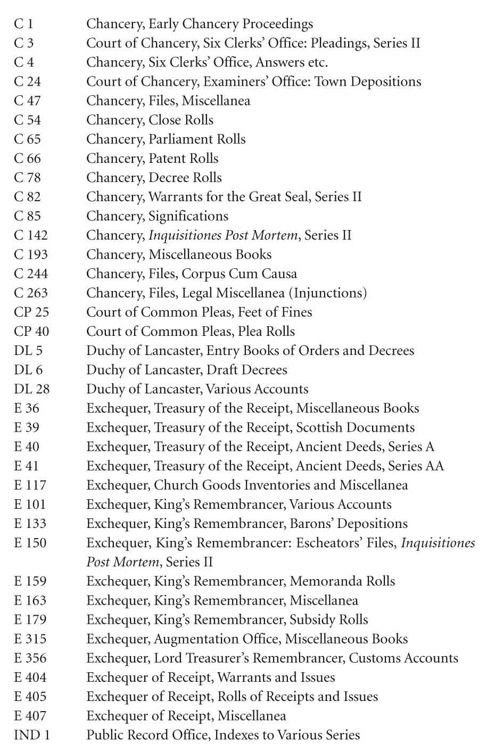
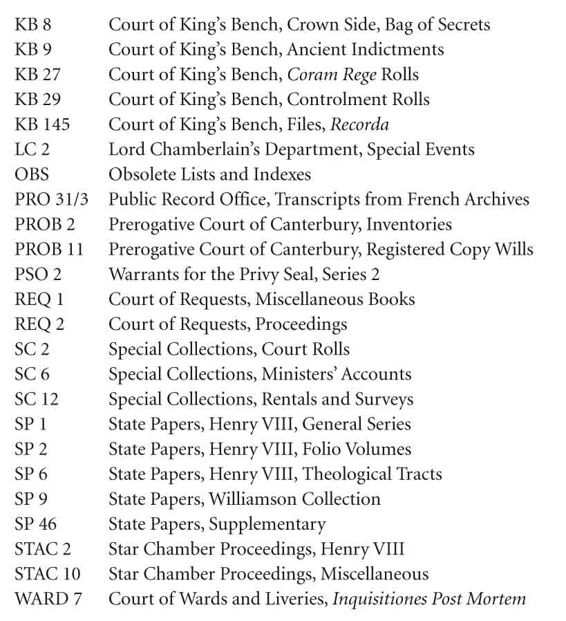
Writings of Thomas More
For critical editions of Thomas More's writings, scholars are indebted to the Yale Edition of the Complete Works of St Thomas More (New Haven, Conn., 196397) and related projects. More's writings fall into four groups: (1) humanistic; (2) controversial; (3) devotional; (4) letters. (1) The humanistic writings comprise: Translations of Lucian (Yale Edition, Vol. 3, Part 1, ed. C. R. Thompson); Latin Poems (Yale Edition, Vol. 3, Part 2, ed. C. H. Miller et al.); Utopia (Yale Edition, Vol. 4, 4th edn, ed. E. Surtz and J. H. Hexter); Historia Richardi Tertii and History of King Richard III (Latin and English versions: Yale Edition, Vol. 2, ed. R. S. Sylvester; Vol. 15, ed. D. Kinney); Letter to Martin Dorp, Letter to the University of Oxford, Letter to Edward Lee, Letter to a Monk (Yale Edition, Vol. 15, ed. D. Kinney). (2) The controversial works comprise: Responsio ad Lutherum (Yale Edition, Vol. 5, ed. J. M. Headley); Dialogue Concerning Heresies (Yale Edition, Vol. 6, ed. T. Lawler et al.); Confutation of Tyndale's Answer (Yale Edition, Vol. 8, ed. L. A. Schuster et al.); Apology (Yale Edition, Vol. 9, ed. J. B. Trapp); Debellation of Salem and Bizance (Yale Edition, Vol. 10, ed. John Guy et al.); Answer to a Poisoned Book (Yale Edition, Vol. 11, ed. S. M. Foley et al.). (3) The devotional writings comprise: English Poems, Life of Pico, The Last Things (Yale Edition, Vol. 1, ed. C. H. Miller et al.); Dialogue of Comfort against Tribulation (Yale Edition, Vol. 12, ed. L. L. Martz et al.); Treatise on the Passion, Treatise on the Blessed Body, Instructions and Prayers (Yale Edition, Vol. 13, ed. G. E. Haupt); De Tristitia Christi (Yale Edition, Vol. 14, ed. C. H. Miller). (4) More's letters are published in The Correspondence of Sir Thomas More, ed. E. F. Rogers (Princeton, N.J., 1947); St Thomas More: Selected Letters, ed. E. F. Rogers et al. (New Haven, Conn., 1961); Sir Thomas More: Neue Briefe, ed. H. Schulte Herbrggen (Mnster, 1966); C. H. Miller, ed., 'Thomas More's Letters to Frans van Cranevelt', Moreana 31 (1994), pp.366.
Correspondence of Erasmus
Modern critical editions and translations of Erasmus's correspondence are published in CWE, vols 112. Vols 16 are translated by R. A. B. Mynors and D. F. S. Thomson. Vols 12 are annotated by Wallace K. Ferguson; vols 34 by J. K. McConica; vols 57 by Peter G. Bietenholz. Vols 78 are translated by R. A. B. Mynors, and annotated by Peter G. Bietenholz. Vol. 9 is translated by R. A. B. Mynors, and annotated by James M. Estes. Vol. 10 is translated by R. A. B. Mynors and Alexander Dalzell, and annotated by James M. Estes. Vol. 12 is translated by Alexander Dalzell, and annotated by Charles G. Nauert, Jr.
Dates
In giving dates, the Old Style has been retained, but the year is assumed to have begun on 1 January, and not on Lady Day, the feast of the Annunciation (i.e. 25 March), which was by custom the first day of the calendar year in France, Spain and Italy until 1582, in Scotland until 1600, and in England, Wales and Ireland until 1752.
Transcription of primary documents
The spelling and orthography of primary sources in quotations are always given in modernized form. Modern punctuation and capitalization are provided where there is none in the original manuscript.
Translation from Latin writings
In translations of Latin writings, I have occasionally substituted my own translation where this better matches the sense of the original, avoids an anachronism or is more colloquial.
NOTES
Prologue
The wharf at Butts Close is from NA, C 1/540/78. Wherry fares and comparative values are worked out from costs itemized in WAM, MSS 3332430, 63509. For the weather and the plague in August and September in London, LP IX, nos.41, 47, 74, 85, 99, 106, 116, 119, 132, 137, 152, 172, 178, 259, 341, 358, 370, 3834, 413, 484. Henry's and Cromwell's itineraries are NA, OBS 1419; Merriman (1902), II, pp.27982. London Bridge and its environs are fully described by the Elizabethan antiquary, John Stow, in STC 23341; modernized edition is Stow (1956); Barron (2004). Margaret Roper's description is from the Holbein miniature c. 15345: MMA, Rogers Fund, 1950 (50.69.2); I gratefully acknowledge the kindness of the Department of European Paintings for allowing me to examine it in New York with a strong magnifying glass. Dr Susan Foister, the leading Holbein expert, who used a microscope, suggests St Michael or St George: Foister (2006), p.46. I believe St Michael to be likelier: the saint appears to have wings closely matching his description and woodcut illustration in STC 17973.5, sigs.BBiii-CCi. Henry VIII's black humour, which varies slightly according to the source, is taken from Van Ortroy (1893), p.164. See also the Rastell fragments in Harpsfield (1932), p.235. Another variant is from Hall's Chronicle, in Whibley (1904), II, pp. 2645. Stapleton (1928), p.213 is the best source for Margaret's surreptitious recovery of More's head. The quotation illustrating More's objection to taking Henry VIII's oath of succession is from Rogers, Corr., p.505; quotations from Whittinton's exercises are from STC 25569.7 and 25576 (where the misprint is corrected), fos. 15v, 17v. The Privy Council proceedings and Margaret's defence are from Stapleton (1928), p.215. William Roper's appeals are described in NA, SP 1/95, fo. 134 (LP IX, no.133); that they concerned the forfeiture of the More estates, and that Roper was finally sent for, is clear from Cromwell's note in BL, MS Titus B.1, fo.431 (old fo.423). The jury list for the trials of the Middlesex priests, John Hale and Robert Feron, is from NA, KB 8/7, Pt1, fo.6 (see chapter 25). Roper's taking the oath of supremacy is from Roper (1935), p.xxxvii. The Roper feud is discussed in chapters 14, 17. Christopher Roper's position in Cromwell's household is from LP VIII, no.415; LP IX, no.66; LP XI, no.1015; LP XIII.i, no.585; LP XIII.ii, no.857; discussed by Robertson (1975), p.552. The quotation from Erasmus is from CWE 8, no.1218. Her father's words to Margaret at their last embrace on Tower wharf are from the 'Paris Newsletter', in Harpsfield (1932), appendix 2, p.265. The first 'official' Catholic biography of More by Nicholas Harpsfield had been completed by 1557 or 1558: Harpsfield (1932), pp.9218.
Next page
